Forest Beat: Insights into Global Forest Dynamics
- 9 April 2024
- Posted by: Competere
- Categories: highlights, News, Sustainable Nutrition
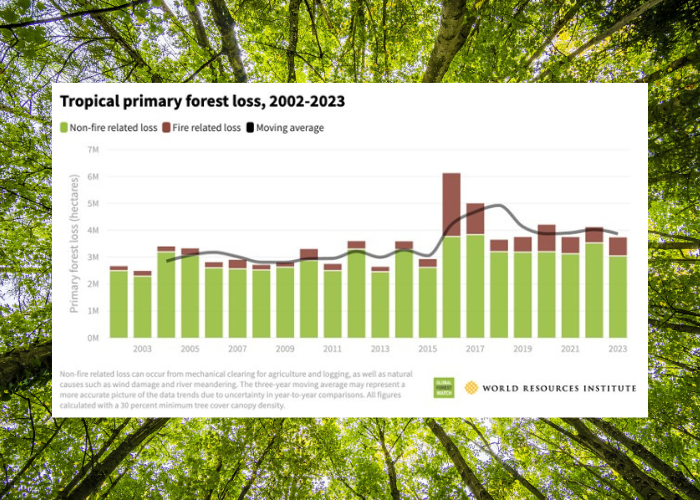
The 11th edition of the annual report by Global Forest Watch and the GLAD lab at the University of Maryland reveals that, despite efforts made by some countries, efforts to combat deforestation are still not sufficient. The study primarily focuses on tropical forests, considered important reservoirs of biodiversity as well as crucial carbon sinks. It is based on geospatial data collected by the GLAD lab, supplemented by datasets curated by Global Forest Watch, containing essential information such as forest cover and their loss over the years.
Introducing the report, Global Forest Watch Director Mikaela Weisse commented on how the world has taken “two steps forward and two steps back” in the fight against global deforestation. On one hand, significant improvements are evident in Brazil and Colombia, where deforestation has decreased by 36% and 49%, respectively. These successes have led to a 9% reduction in global forest loss compared to 2022. On the other hand, the increase in deforestation in Bolivia, Nicaragua, and especially Laos offsets the improvements of the two South American countries.
According to Global Forest Watch, the improvement in Brazil and Colombia stems from a new political will by the governments of both countries to adopt virtuous practices of environmental sustainability. Specifically in Colombia, the achieved internal security goes hand in hand with progress made by the local palm oil industry, which has been counteracting deforestation initiatives for years.
The worsening situation in Bolivia, Nicaragua, and Laos, however, is attributable to a policy of expanding the agricultural and mining sectors (particularly in Nicaragua), such as soy and meat. Overall, despite the stabilization of Brazil and Colombia, the report insists that in 2023, the same number of trees were lost as those destroyed in 2019 and 2021.
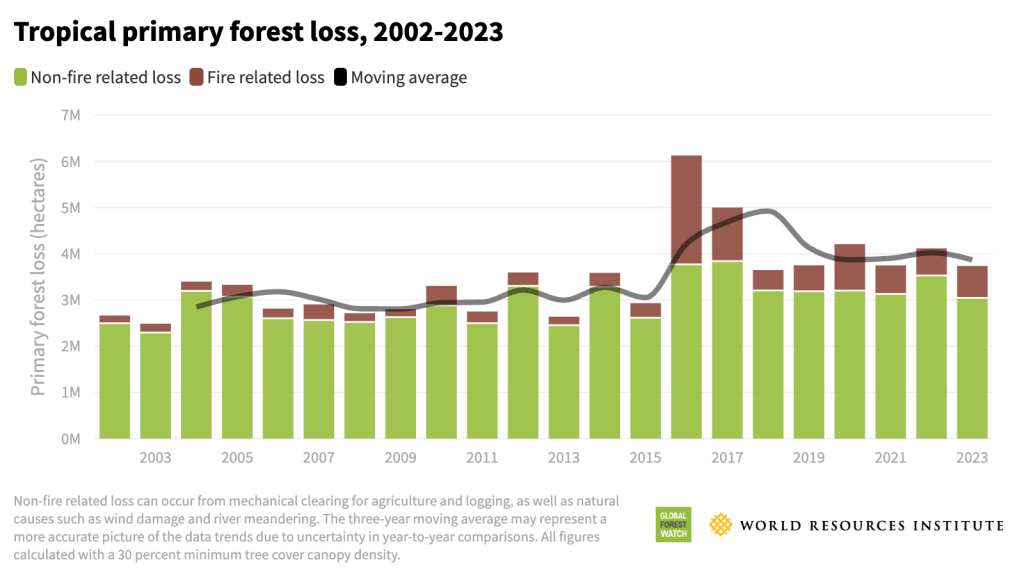
Regarding the countries where palm oil, coffee, and chocolate are produced, the data shows, with the exception of Colombia, a slight increase compared to 2022, however, not comparable to the period 2010-2015, particularly in Indonesia.
To better understand the current trends of deforestation attributable to the palm oil industry, which we have focused on a lot in recent years, it is essential to examine the specific trends in the main producing countries.
GUATEMALA
In Guatemala, although the amount of trees lost in 2023 is modest, amounting to 21kha of forests lost, there is actually a 75% increase compared to the previous year (where deforestation was at historic lows).

INDONESIA
In Indonesia, deforestation has increased by 27% compared to 2022. The reasons are twofold:
- The phenomenon has focused on concession lands granted before 2014 (four years before the moratorium on the establishment of new plantations), and therefore before the stricter policies implemented by the current government during the creation of the moratorium took effect;
- El Niño has hit the country, causing a more intense fire season than usual, although fortunately, the damage caused by them has been contained compared to 2015.
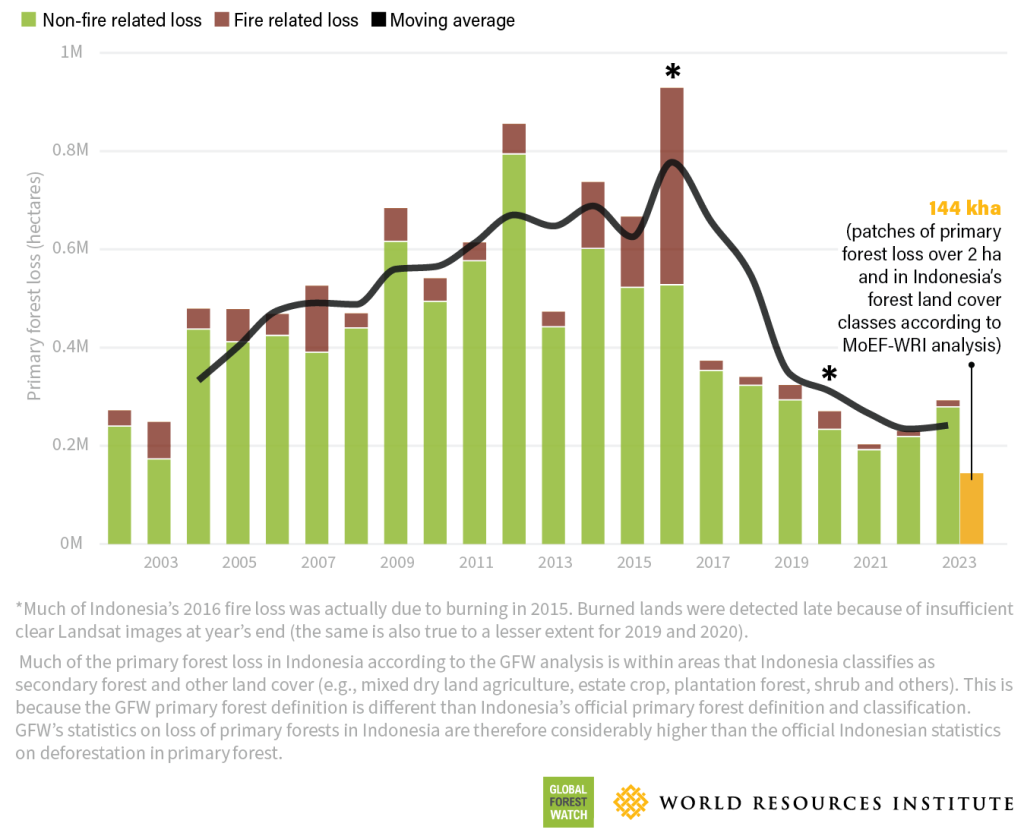
MALAYSIA
Compared to 2022, Malaysia has experienced a 10% higher loss of its forests. Similar to Indonesia, part of the blame can be attributed to El Niño.
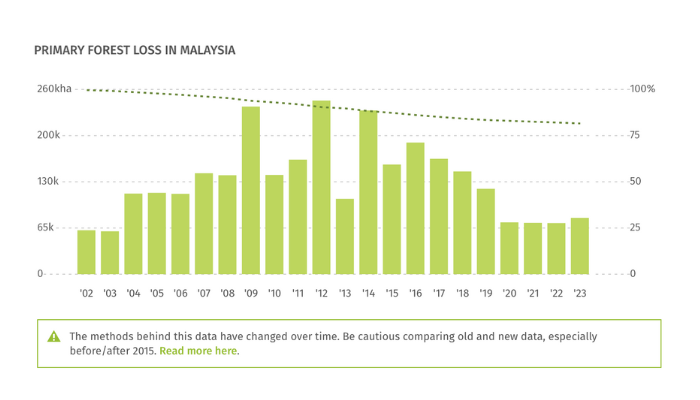
COLOMBIA
As mentioned above, Colombia has been a virtuous country, with a slowdown in deforestation compared to 2022 of 49%. According to the report, the main cause would be the end of hostilities between the central government and some of the armed groups hiding in the Amazon.
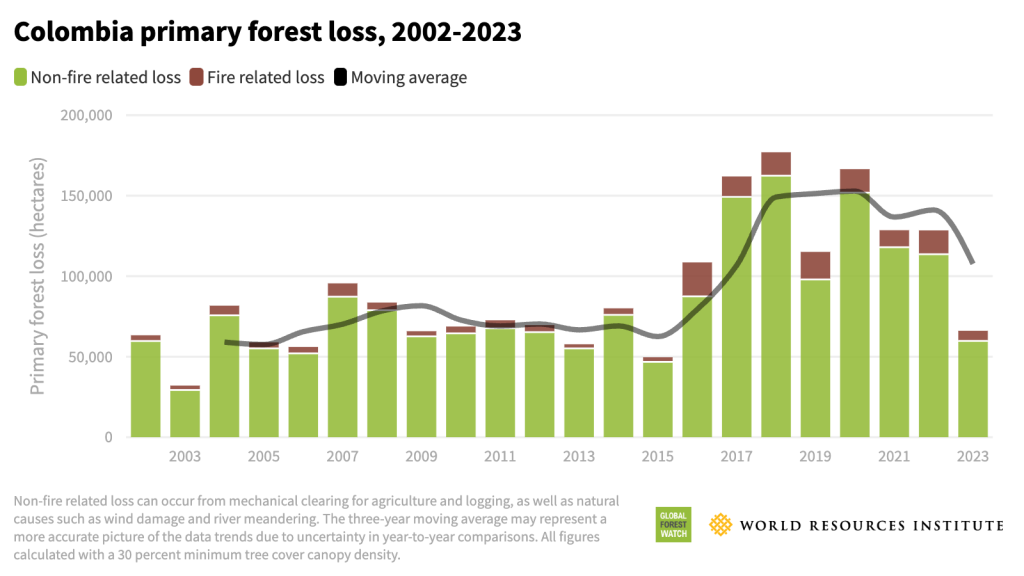
They are unpleasant but marginal increases, partly attributable to dramatic climate phenomena and partly to economic cycles. The anti-deforestation policies adopted by Indonesia continue to contribute to marginalizing deforestation. The trend therefore remains positive even though the numbers may not seem encouraging.

